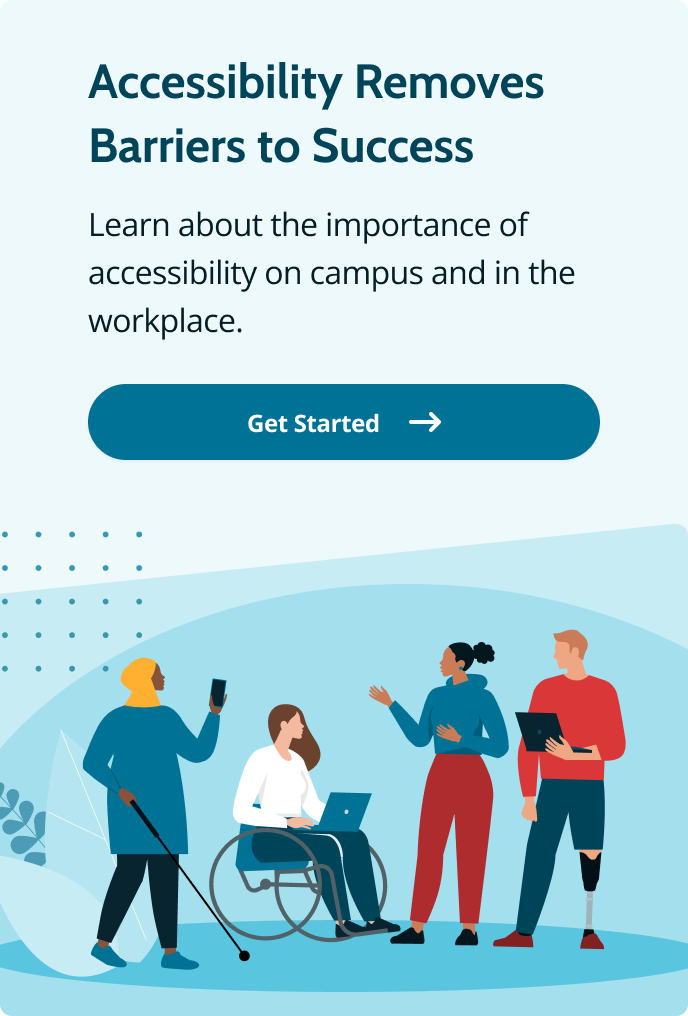How to Deal With Executive Dysfunction at Work
- Executive dysfunction can affect your time management, focus, and concentration at work.
- Executive dysfunction can make organizing, prioritizing, and regulating feelings harder.
- Calendars, time management apps, therapy, and task timers may help.
- Bad sleep, diet, and stress can negatively affect executive functioning.
Executive functions are the skills people use to remember, plan, and organize their lives. Executive functions control our working memory, mental flexibility, and emotional regulation.
We use our executive functions at home, school, and work. So when someone struggles with these skills, problems can arise. This can sometimes be managed in a person’s home, but workplaces are often less flexible.
Executive functioning challenges can happen to anyone, though they are common in people with attention-deficit/hyperactivity disorder (ADHD) and can significantly impact employment. A Society for Human Resource Management mental health survey reported that 60% of study participants believed that their executive functioning challenges contributed to them losing their jobs.
High Executive Function vs. Low Executive Function
People with high executive functioning skills have an easier time dealing with everyday tasks. They can effectively start tasks, keep up with deadlines, and manage their time. Maintaining focus and keeping up with the demands of a busy job can be easier because their brains understand how to organize and prioritize.
If someone has problems with executive function skills — or has what we might call executive dysfunction — they can have a more difficult time with certain tasks.
For example, meeting deadlines may be difficult, their desks may be chaotic, and starting tasks at work may be a constant struggle. They are also more likely to get off track when distracted by co-workers or even unscheduled meetings. According to a joint report by Qatalog and Cornell University, it can take people up to 9.5 minutes to get back into productive workflow after switching between digital apps — and that is for those who do not struggle with executive dysfunction.
What high executive function skills look like:
- Having a good working memory
- Being able to regulate emotions
- Having effective time management
- Maintaining good organizational systems
- Being able to focus on work tasks for a long time
- Having an easier time transitioning with tasks throughout the day
What executive dysfunction looks like:
- Struggling to start or finish tasks
- Having difficulty meeting or remembering deadlines
- Forgetting instructions or other short-term memory tasks
- Having a chaotic workspace
- Struggling to focus in meetings
What Causes Executive Dysfunction?
People use their executive functioning skills in everything they do. However, we aren’t born with these skills.
These skills appear in infancy and keep developing — throughout childhood and up through young adulthood, ages 18-25. According to psychologist Dr. Shauna Pollard, things that disrupt the developmental process can create executive dysfunction.
Executive dysfunction isn’t an official disorder in the Diagnostic and Statistical Manual. Instead, it’s a symptom of many other challenges related to physical and mental health. According to therapist Kayla Meyer, executive dysfunction is one of the best-known symptoms of ADHD. It can be passed down genetically, potentially causing structural differences in the brain, research shows.
Pollard says executive dysfunction also presents in other neurological conditions, such as dementia, stroke, Alzheimer’s disease, and traumatic brain injury. It’s part of many other mental health conditions, such as major depressive disorder, post-traumatic stress disorder, autism spectrum disorder, obsessive-compulsive disorder, and schizophrenia.
Pollard also said that age-related memory decline can create executive function challenges. Trauma can contribute to these issues as well because of the way it impacts and changes the brain.
How Executive Dysfunction Shows Up at Work
The typical 9-to-5 might not be most conducive to this group’s success. They may need to structure their day differently to optimize focus.
– Kayla Meyer
Executive dysfunction can cause problems for people at work — many employment tasks rely on executive functioning skills. Work goes best for employees if they can work when their brains are most engaged.
According to Meyer, many tasks in a standard workday can create difficulties because timelines and deadlines can be hard to manage. It’s also easy to underestimate how much time a task will take.
Pollard added more challenges to the list, mentioning that people can have trouble starting tasks involving multiple steps, concentrating for long periods of time, or working on repetitive/tedious tasks. They may also forget to do things if their bosses only mention them in passing since working memory is one of the main executive functions.
There’s a chance people will forget about meetings, especially if the schedule is irregular. And distraction can be a problem. A tendency toward procrastination also means people dealing with executive dysfunction may end up doing a lot of work at the last minute.
It is important to note that individuals with executive dysfunction are not inherently “bad” workers but may require specific support and accommodations to optimize their productivity and contribute effectively in the workplace. Recognizing these difficulties can lead to proactive strategies that promote a more inclusive and productive work environment.
Tools to Manage Executive Dysfunction at Work
Calendar Apps
Phone apps can help you keep track of meetings and other work tasks. Most smartphones have apps like this built in, or there are other options you can download. These apps let you add appointments immediately after you hear about them, and there are ways to layer several reminders leading up to an event. The same apps may also be available on your work computer, allowing you to have reminders across multiple devices.
The Pomodoro Technique
This technique breaks up a task into manageable pieces. You work on a task for about 25 minutes, take a five-minute break, then go back to work. You repeat this four times before you take an extended break.
Meyer says that this technique adds some structure to work time. It optimizes short intervals of work, so you become more productive. She also adds that the structure and timing of the method can be changed to suit your personal needs.
Time Management Apps
Some apps help with general time management by making tasks more of a game. For example, the Forest app lets you plant a seed when you want to focus on a task. The longer you go without picking up your phone, the more the tree grows.
Therapy
Pollard suggests therapy as a way to help with executive dysfunction. Pollard says that therapy can help you develop new behaviors and better coping skills for emotional regulation. Dealing with executive dysfunction may also cause you to feel shame and insecurity. You may benefit from therapy to work through these feelings.

Frequently Asked Questions About Executive Dysfunction
What triggers executive dysfunction?
According to Pollard, things that can trigger executive dysfunction include increased anxiety, mental health challenges, neurological injury, trauma, addiction, poor diet, and insomnia. Pollard also says infections (like COVID-19), pregnancy, and acute/chronic pain can contribute.
The environment can also make executive dysfunction worse. Working in an open office with loud co-workers and loud noises can make it difficult to concentrate. Constantly being pulled away from tasks can also make it difficult to stay on task.
A toxic or high-tension work environment also may create additional challenges if you struggle with emotional regulation.
How do you start tasks with executive dysfunction?
Pollard suggests starting with one task that seems simple. She gives the example of responding to just one email. Then you can build momentum to move to other tasks.
Break both big and small tasks into super-small segments. Writing down each step within a task can make it more manageable. There are even sites like GoblinTools that can do this for you. Laying it out like this will make prioritization easier.
If you’re prone to distraction, move to a quiet place when you need to focus. If that’s not possible, try to create a quiet place by using headphones or earplugs to block out the noise around you.
Why is my executive dysfunction getting worse?
If your executive function gets worse, you might not be sleeping enough. Inadequate sleep can impact your ability to focus and manage your time. Your diet might also lack nutrients. The two often go together.
Routines are also crucial for executive function abilities. If you’ve let your routines fall apart, this might explain why you’re having extra challenges. Look at your schedule to check your daily habits.
Executive functioning can decline as we get older. It’s not always connected to a neurological problem, but we often encounter more stress and declining health as we age.
With Advice From:

Kayla Meyer, MS, MEd, LPC, is a licensed professional counselor with experience in a variety of mental health settings — residential, school-based, community-based, and outpatient. She specializes in working with teens and young adults and typically works with clients experiencing anxiety, depression, relationship issues, family of origin issues, and trauma.

Dr. Shauna Pollard is a licensed psychologist with 20 years of experience. She has a Ph.D. in human services psychology (clinical-community) from the University of Maryland, Baltimore County. She has advanced training in ADHD, mindfulness, and integrative health interventions and has helped clients navigate social connections in the digital era.
Explore More College Resources

How to Get Through Work on a Bad Day
Bad days happen to everyone. Learn ways to get through a difficult day at work and how you can prevent future bad days from happening.

by Nicole Pyles
Updated April 29, 2022



